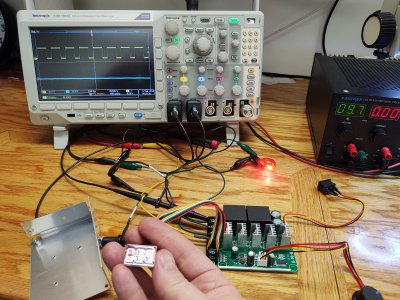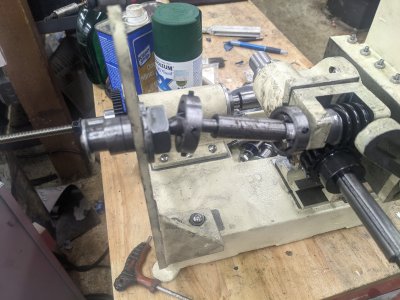- Joined
- Mar 25, 2013
- Messages
- 4,614
After watching the video of this, it turns slower than I imagined. I wonder if that motor can go slow enough and still have adequate torque? Maybe you could cut a gear set for the motor to reduce it maybe 4:1 at the motor and then drive with a pulley? That would substantially improve torque and still go up to 1250 RPM. What is the max RPM you anticipate needing?
Alternatively these motors work very well:

Alternatively these motors work very well:

Industrial Sewing Machine Servo Motor 110V 550W 3/4HP CS1000 4500RPM 928879560299 | eBay
Find many great new & used options and get the best deals for Industrial Sewing Machine Servo Motor 110V 550W 3/4HP CS1000 4500RPM at the best online prices at eBay! Free shipping for many products!
www.ebay.com



